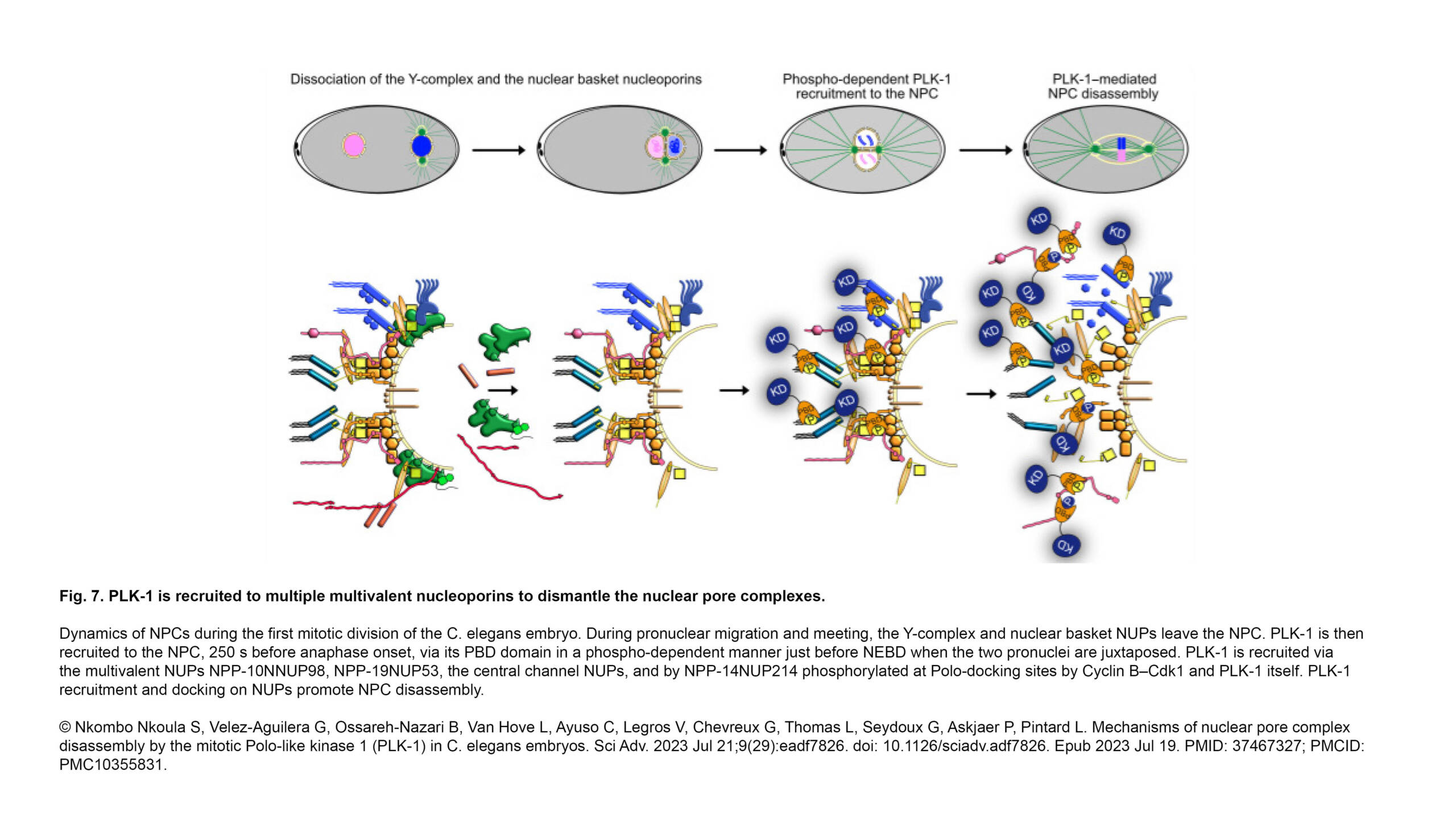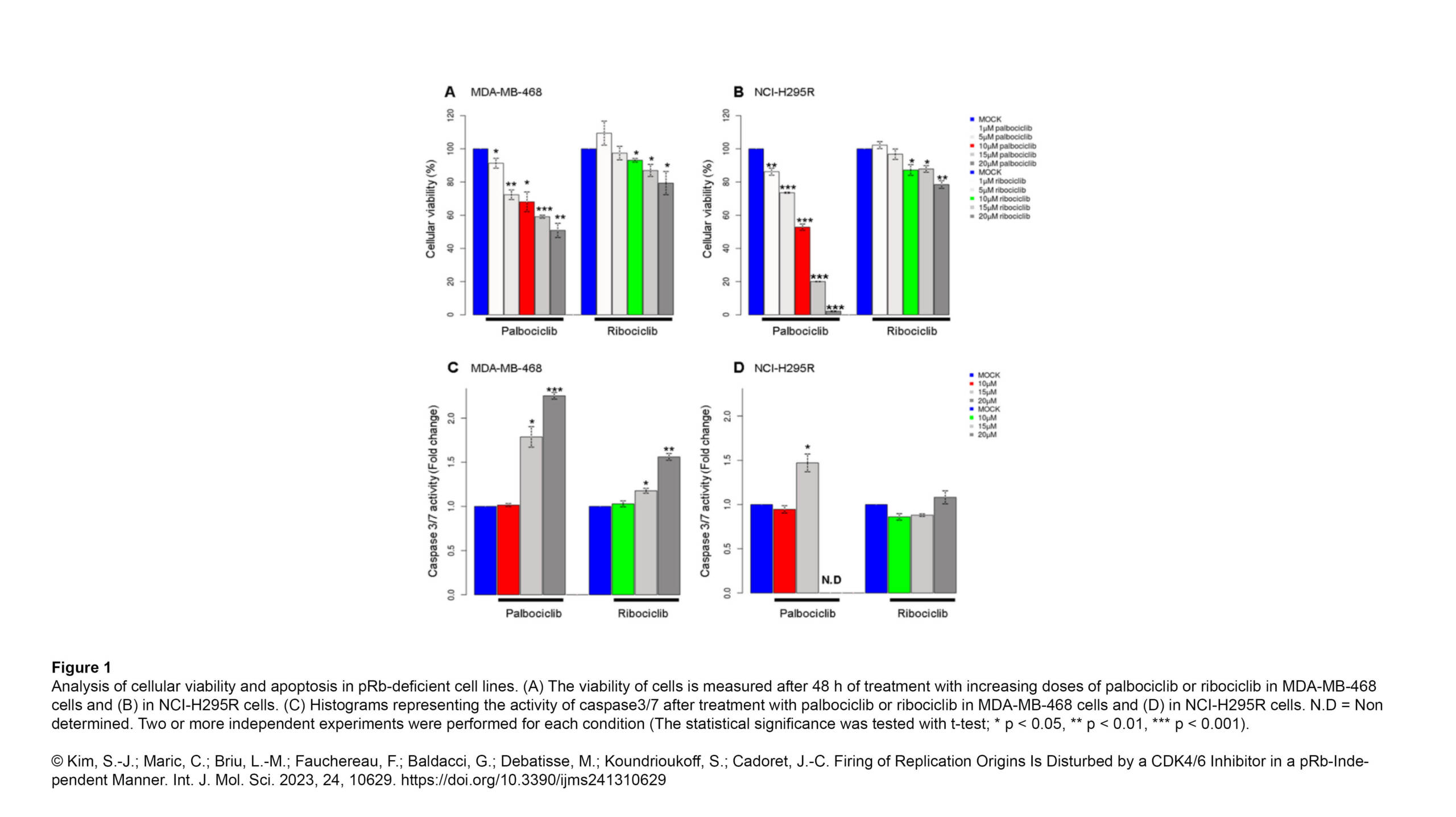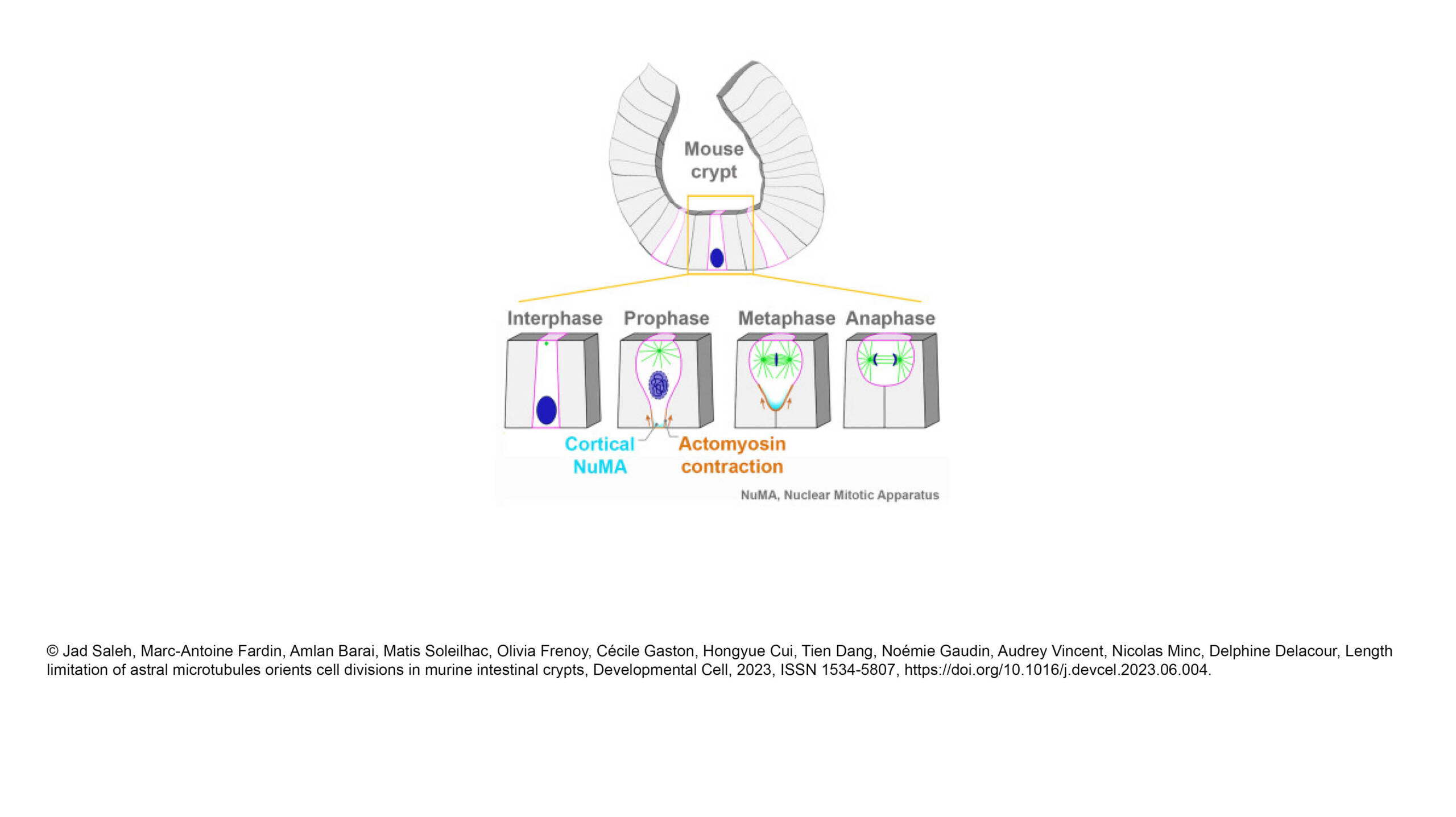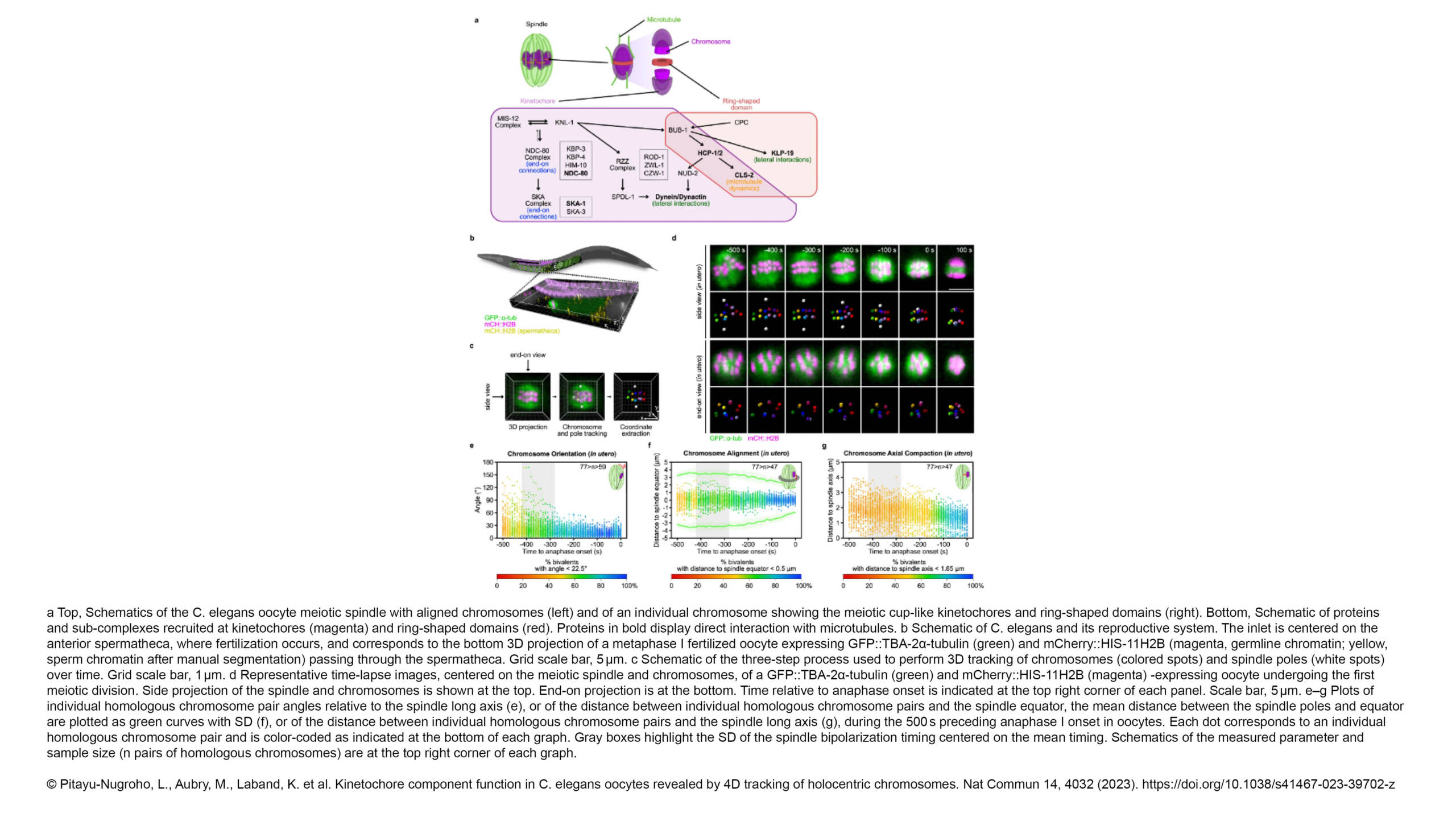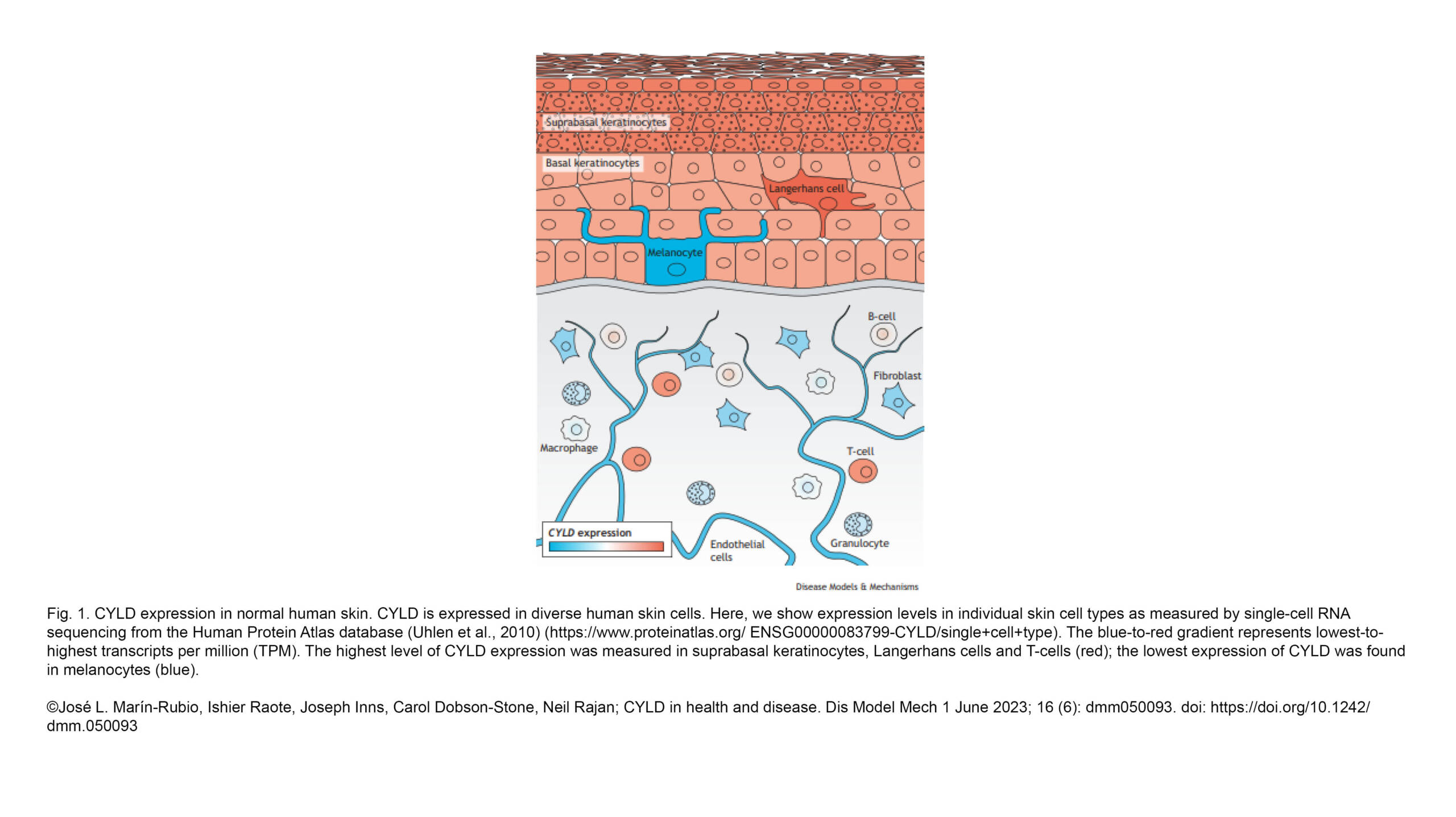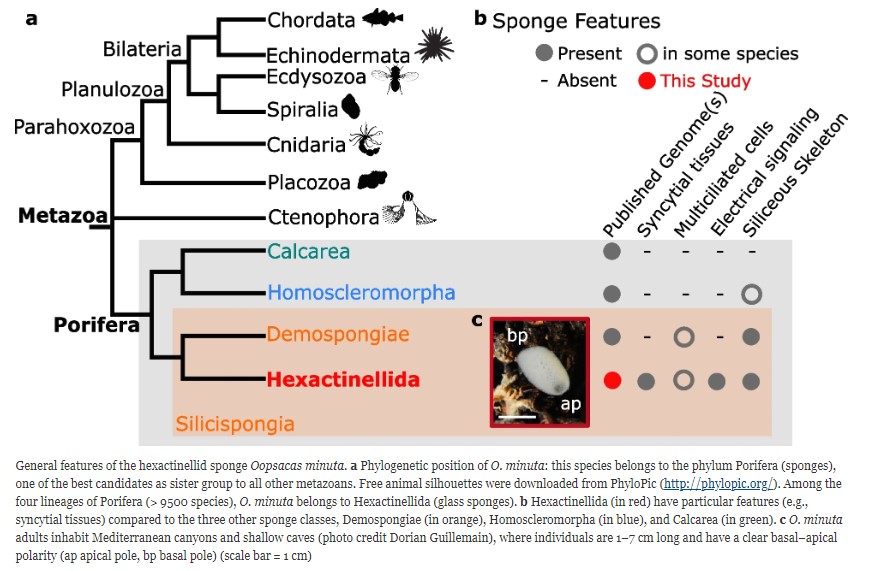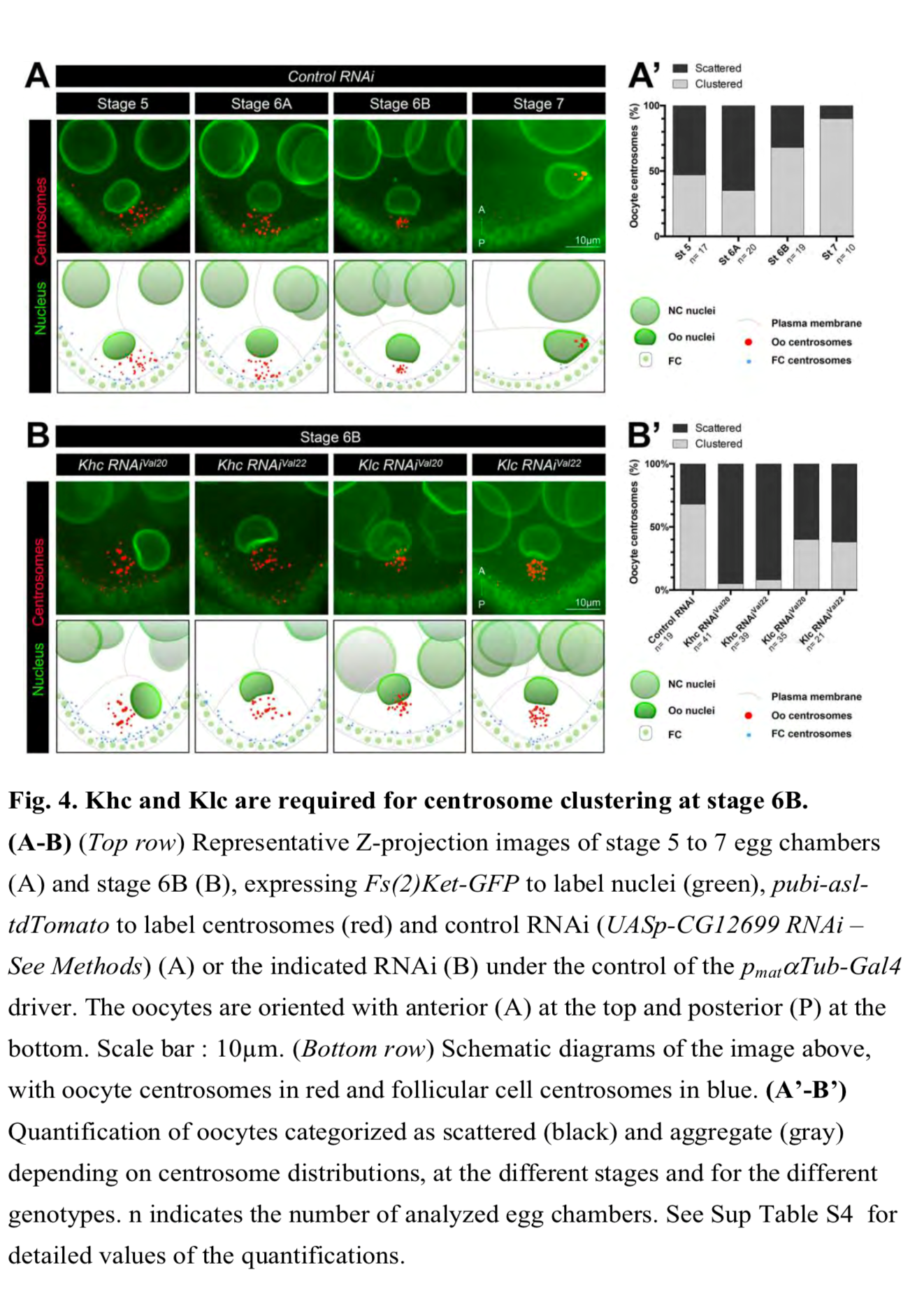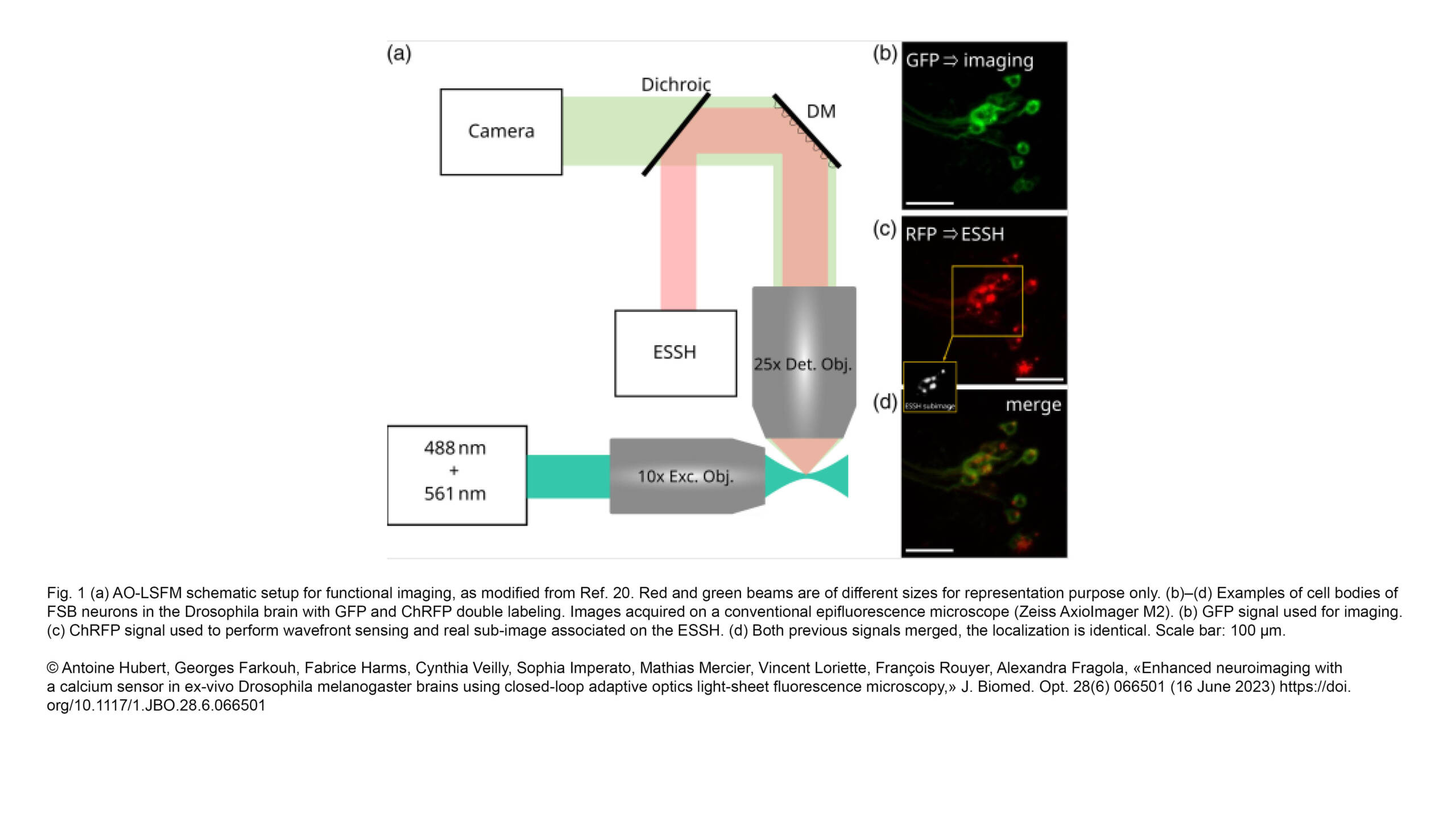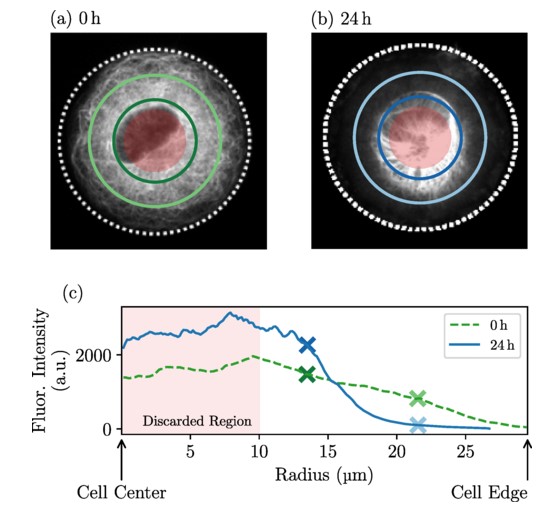The Pintard lab rencently published in Science Advances:
Mechanisms of nuclear pore complex disassembly by the mitotic Polo-like kinase 1 (PLK-1) in C. elegans embryos
Abstract: The nuclear envelope, which protects and organizes the genome, is dismantled during mitosis. In the Caenorhabditis elegans zygote, nuclear envelope breakdown (NEBD) of the parental pronuclei is spatially and temporally regulated during mitosis…
